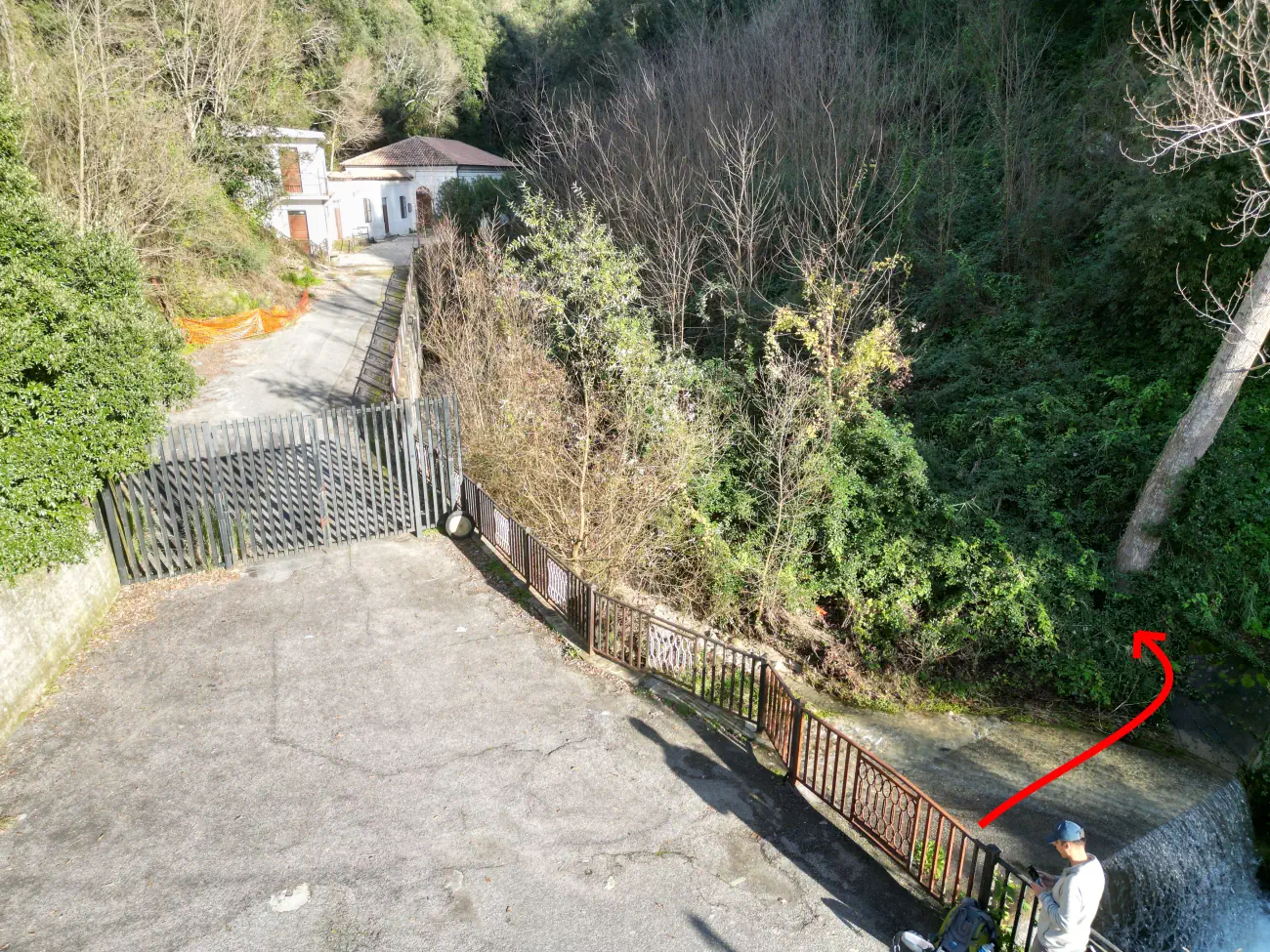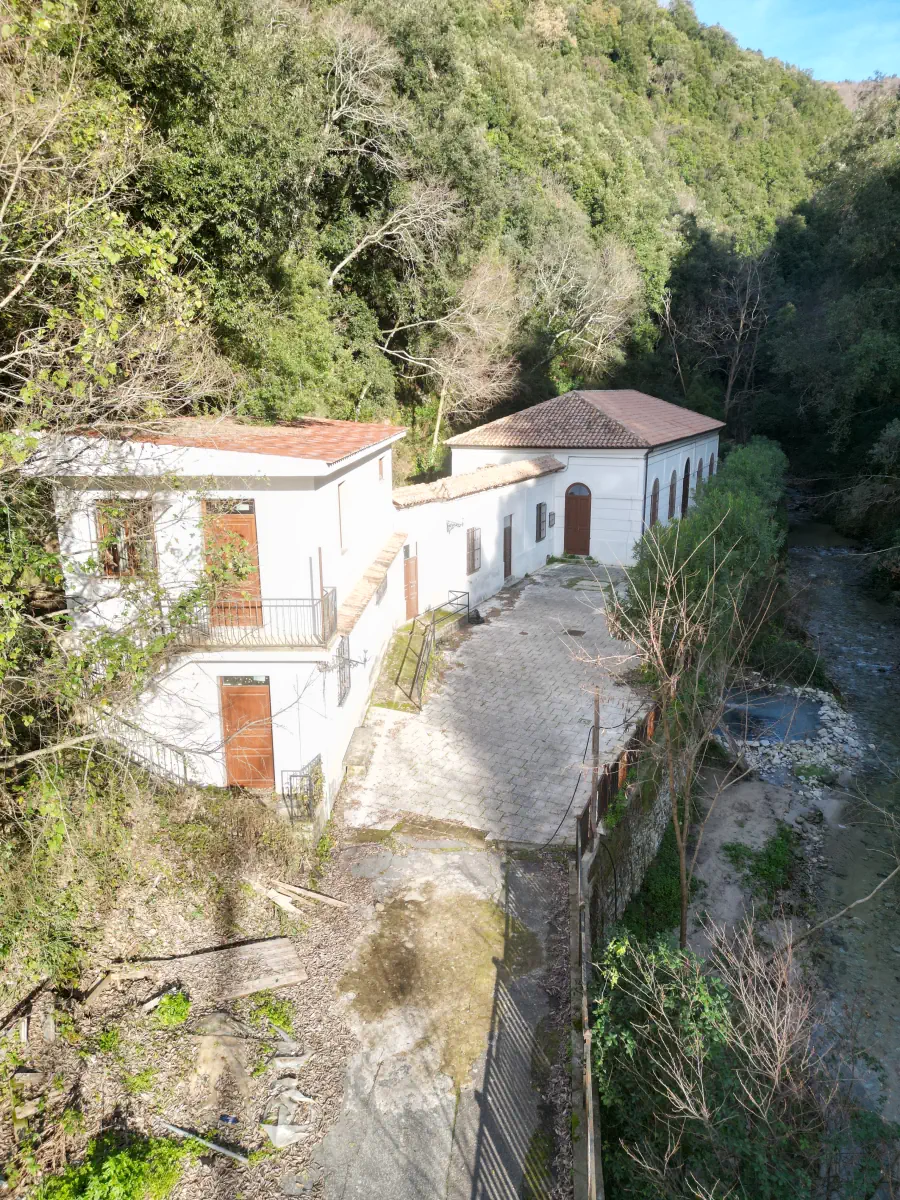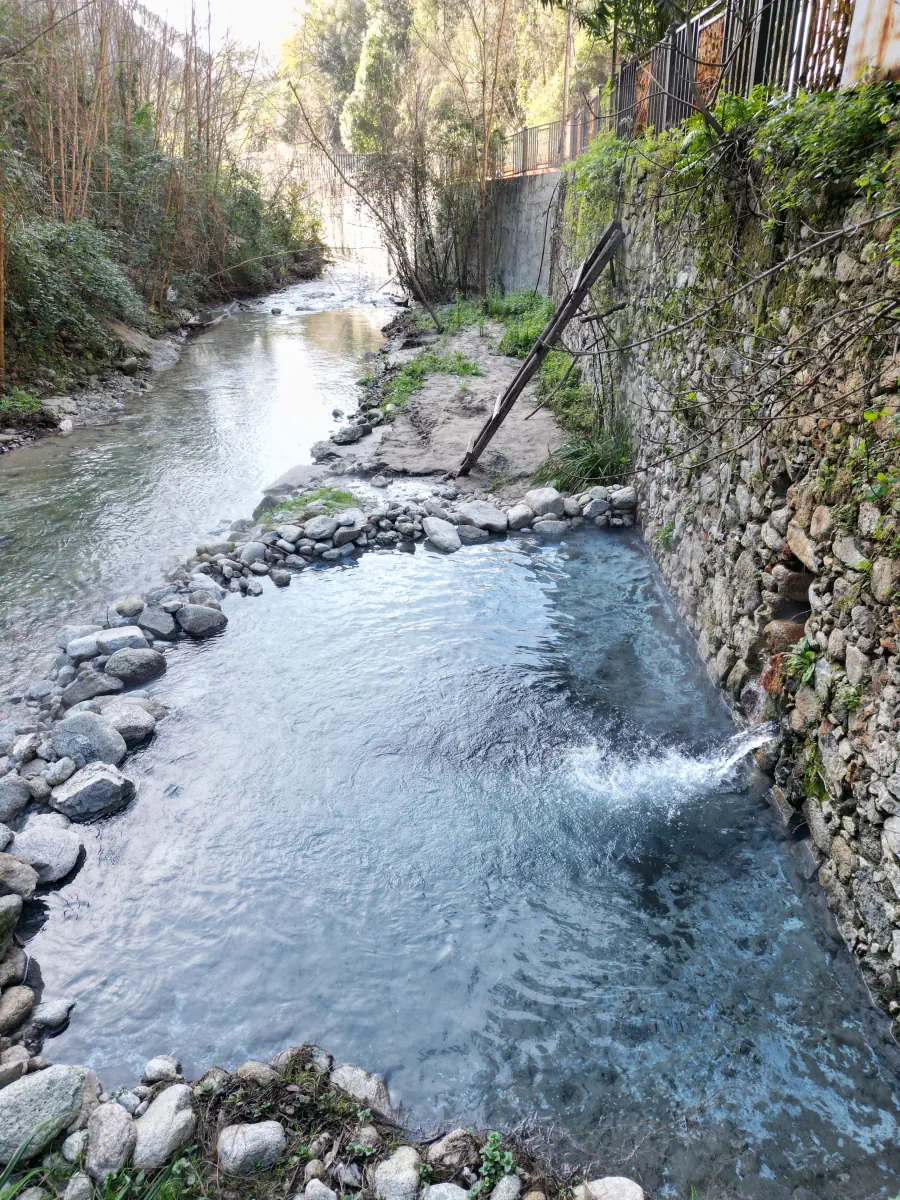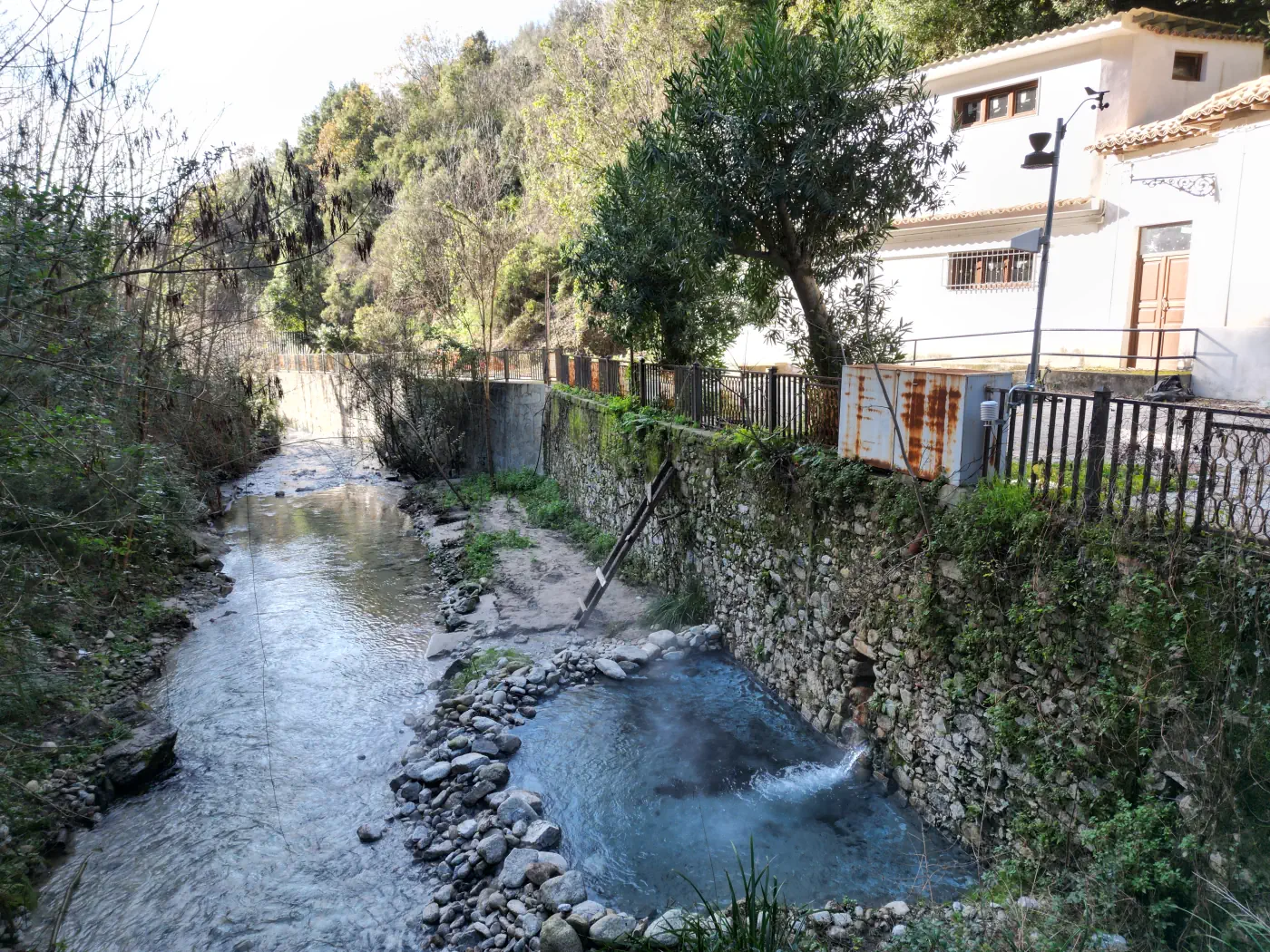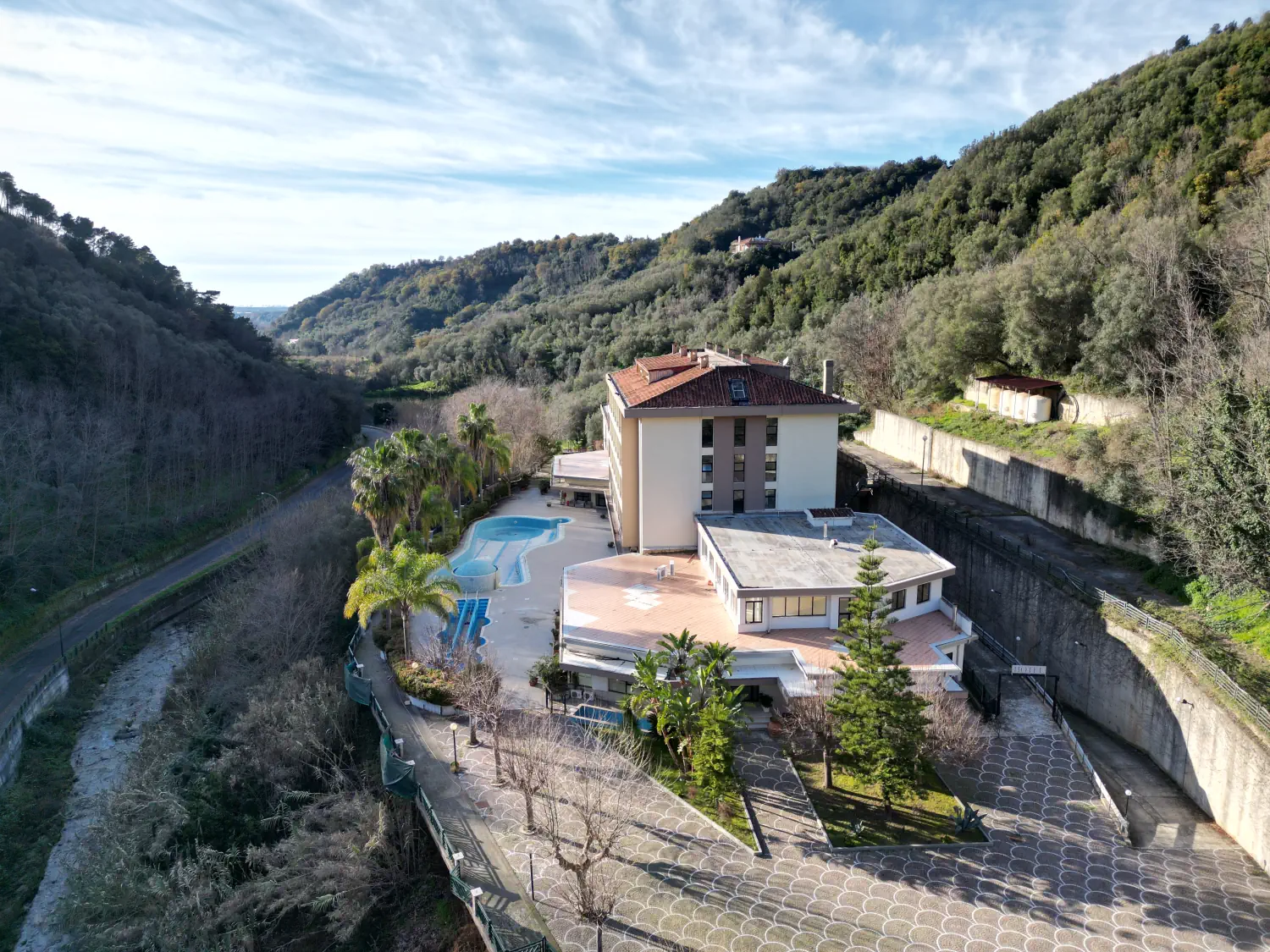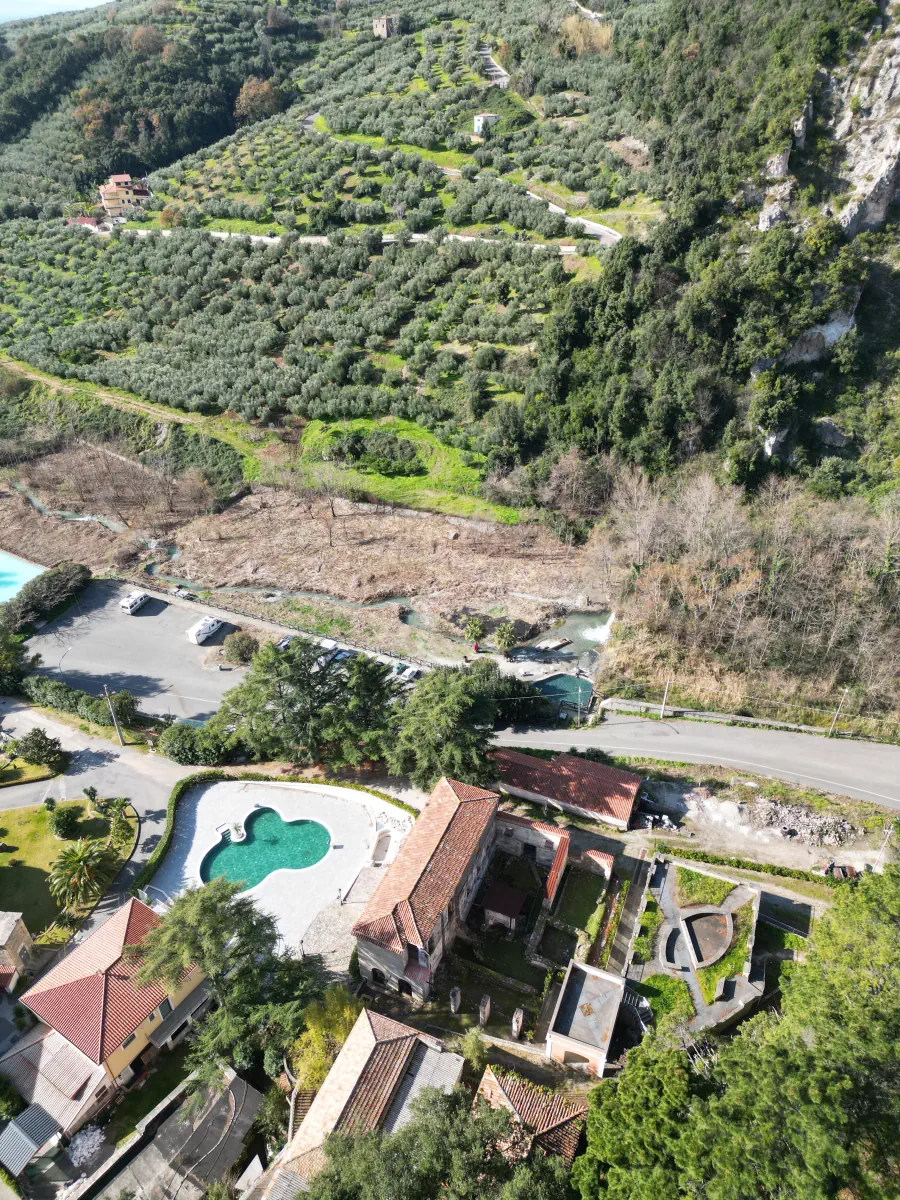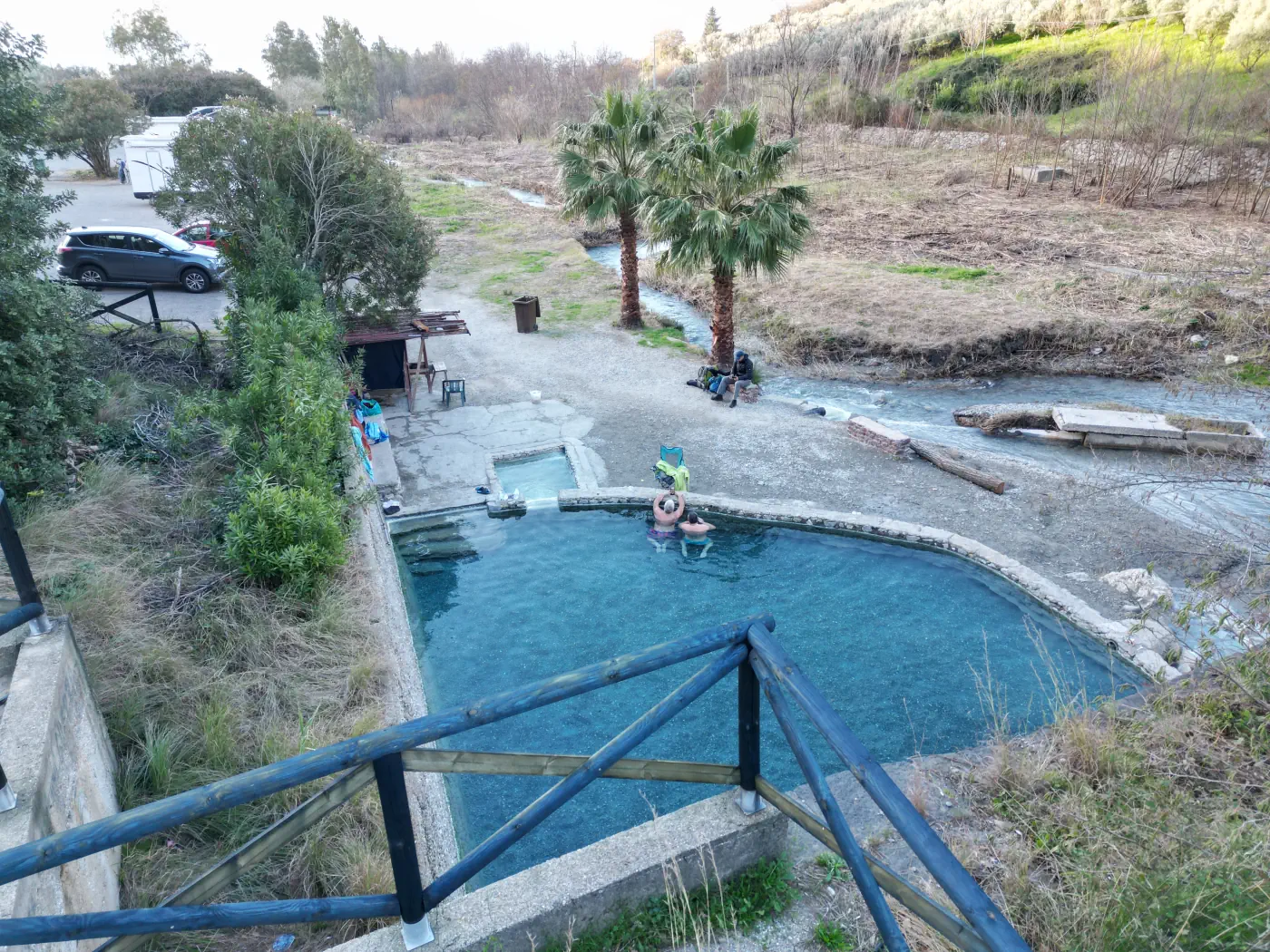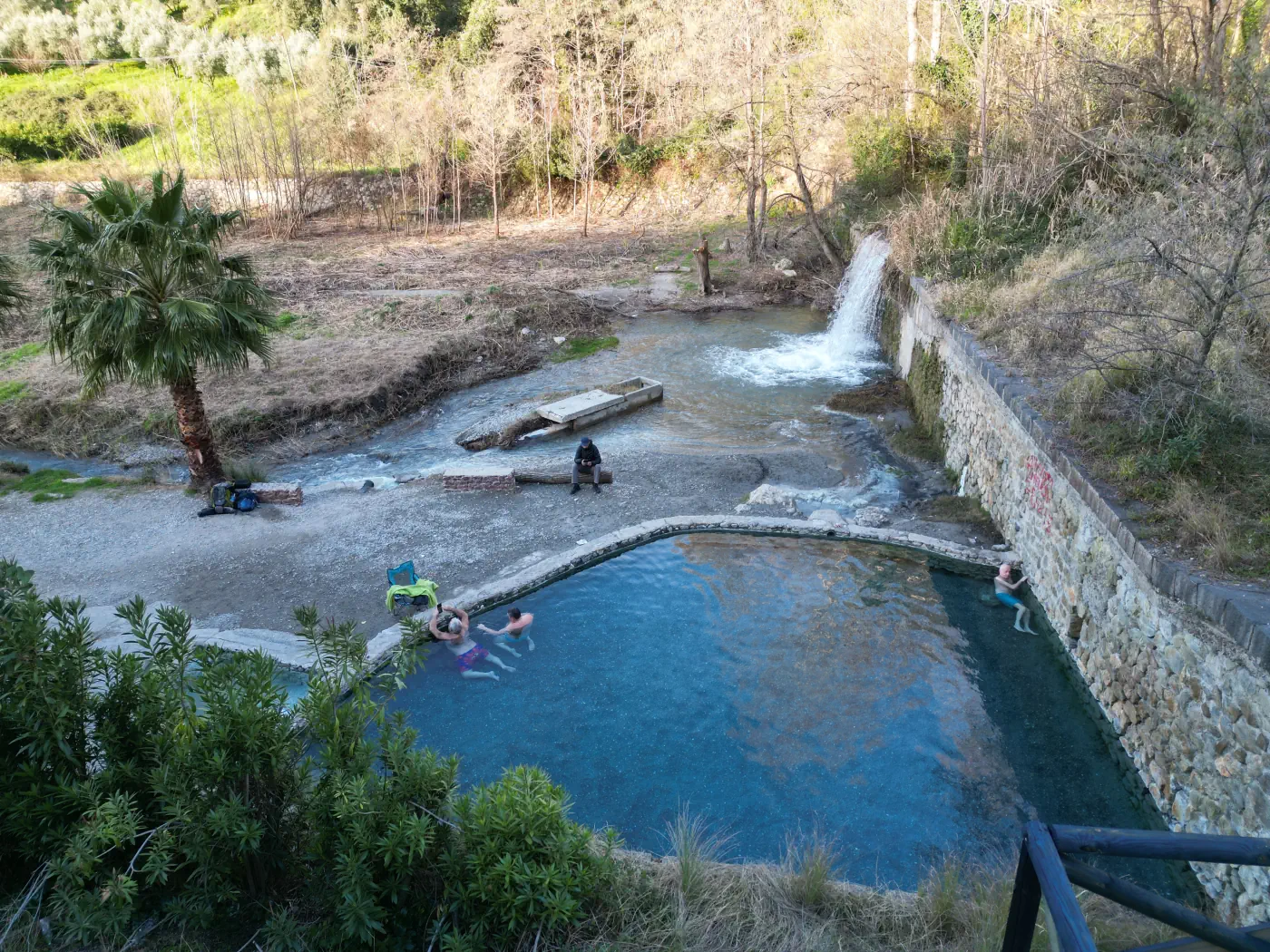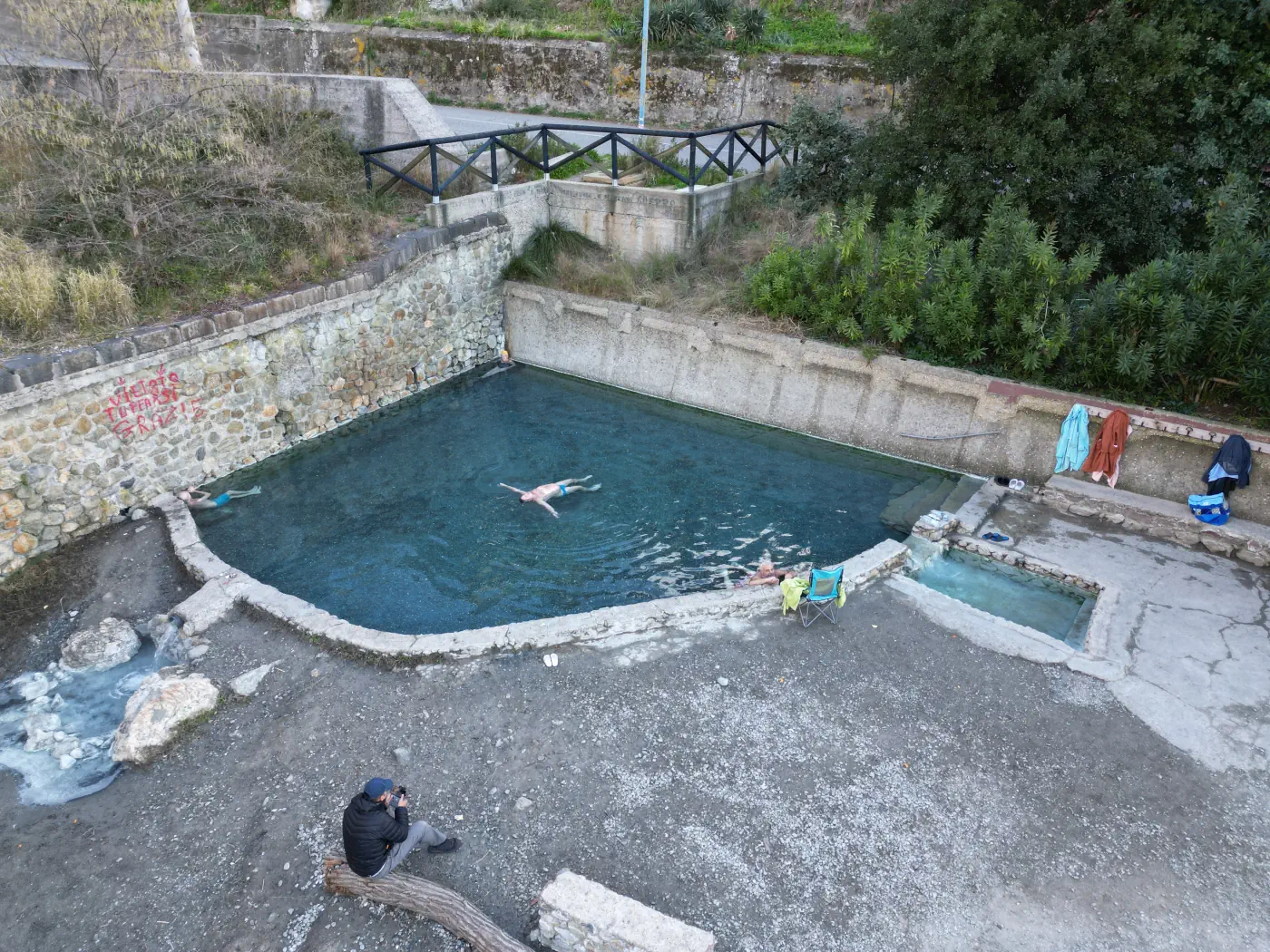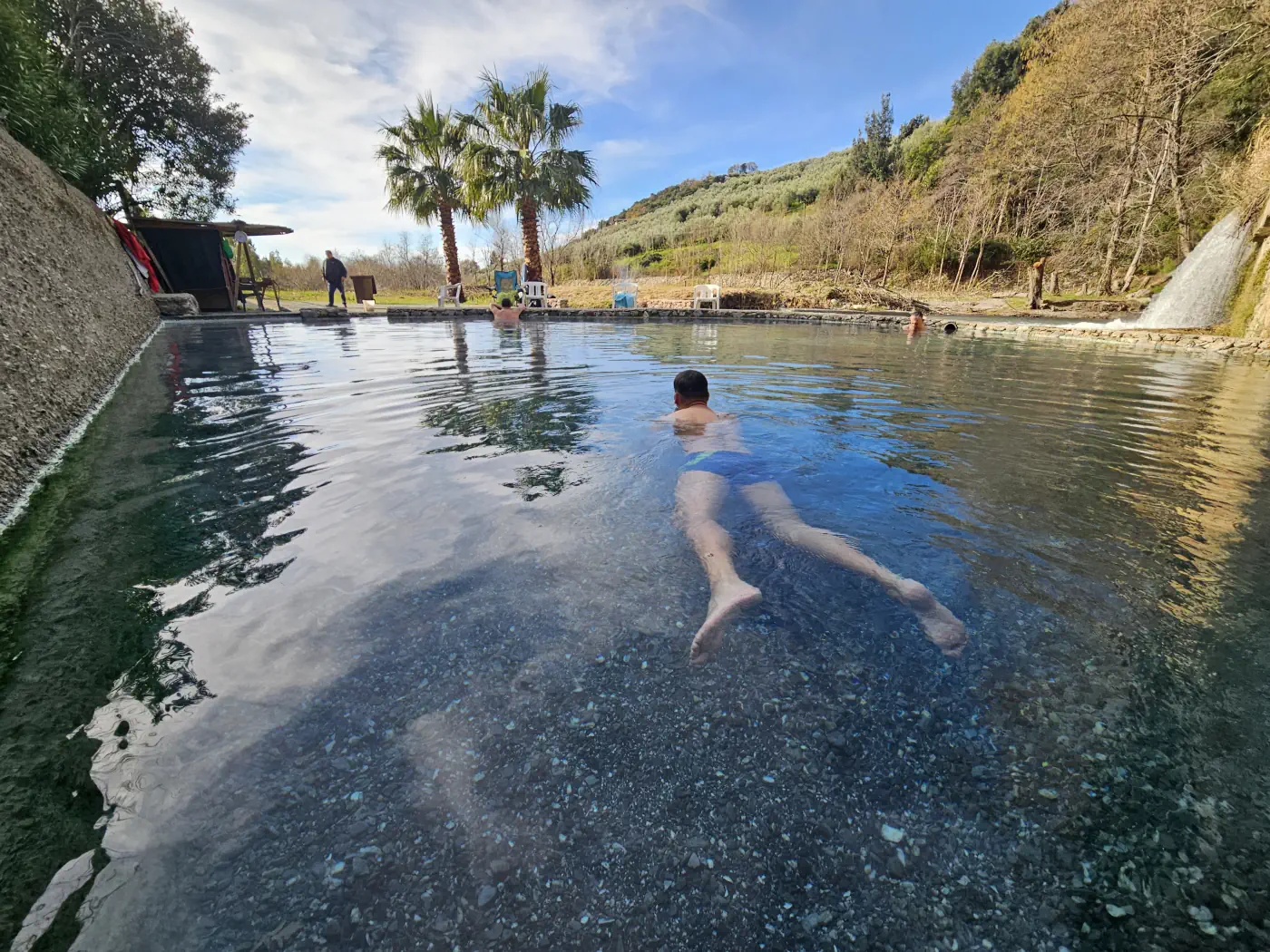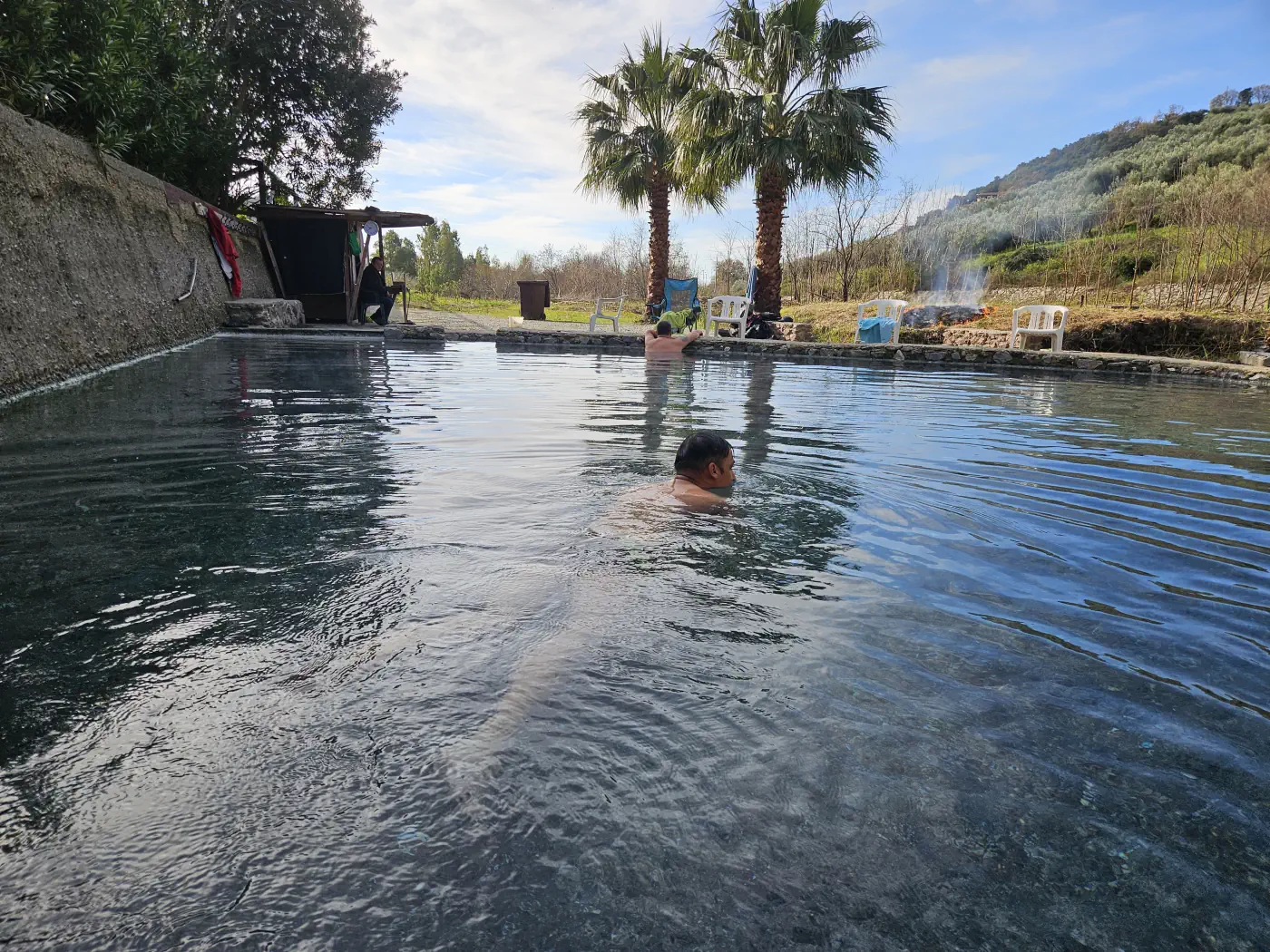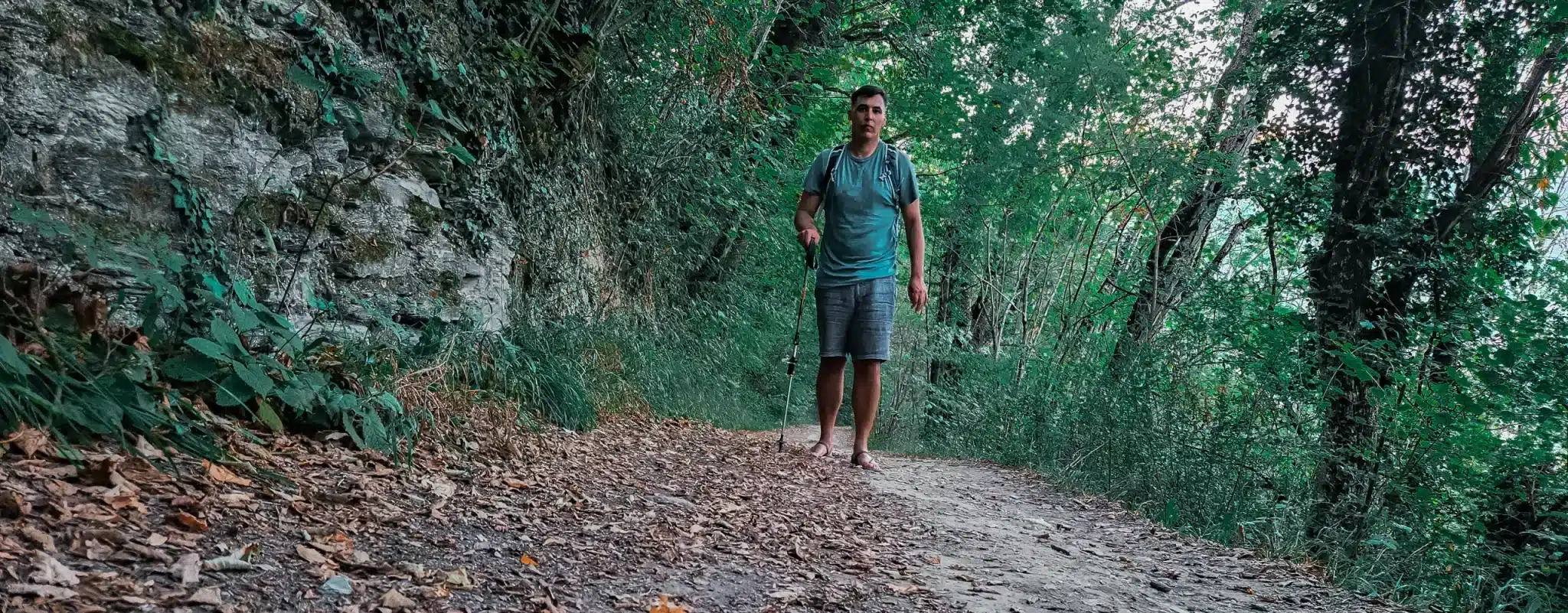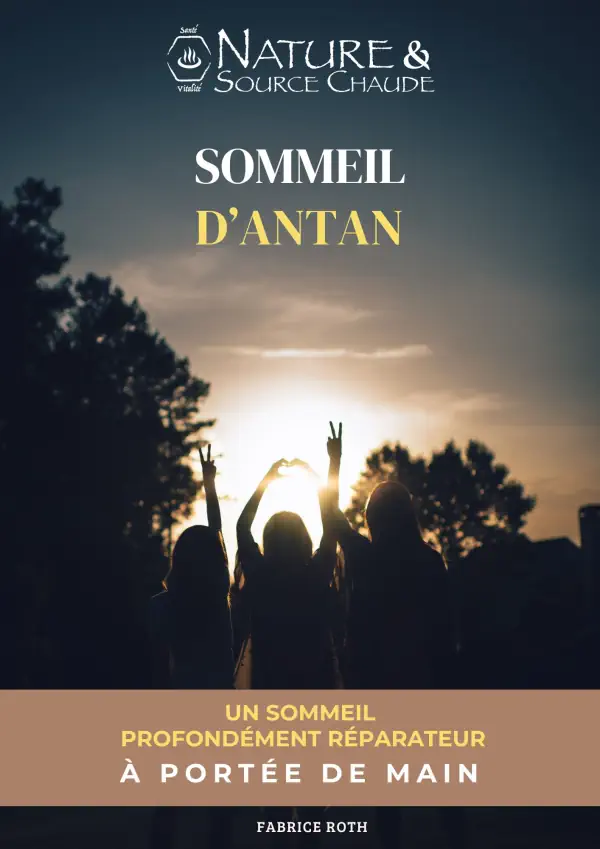Visit Calabria – Thermal Baths and Hot Springs
- Nature Source Chaude
- Published on
- Updated on 2 April 2025
The geology of the Italian peninsula has produced a wide variety of thermal springs, which can be used to treat most ailments. They can be found in most regions, not to mention the islands, such as Sicily and Sardinia. Some regions of the peninsula that are less well known for their thermal baths also have numerous baths, such as Calabria, which forms a small peninsula jutting out into the Mediterranean.
In this sunny region, thermal springs have always been used for therapeutic or recreational purposes. As a result, many towns have grown up around the thermal spas.
Some of these spas have large thermal water resources, but some of this water is not used. As a result, very rudimentary baths, accessible to all, collect this water before it is lost to nature.
IN SUMMARY :
1. Terme di Galatro - Galatro
Galatro is a small village on the western side of the Serres Calabraises mountain range, in the province of Reggio Calabria. The village is best known for its thermal spring, Sant’Elia. The waters of Galatro have been famous since ancient times. As early as the eighth century, local monks considered and used it as a genuine medicine to treat the sick. Since then, the spring has always been popular with the various monastic orders that followed until the 17th century.
With the rise of the thermalism in the 19th century, a establishment was built to the north-east of the village of Galatro, where the thermal water gushes out of the ground.
🚌 Access :
There is no public transport to Galatro. It is best to leave your car in the square in front of the church in the village of Galatro.
From here, continue on foot along the Via Stabilimento Balneare road , which leads to the Terme di Galatro (Galatro thermal baths). Carefully negotiate the stream bed to reach the natural baths, which are free but not very accessible. Water sandals are essential.
When you reach the end of the road, there’s nothing to indicate that the house located within the enclosure is a former thermal establishment. It stands next to the hill from which the thermal waters flow.
These old baths, built on the side of the hill, are designed on a single level so that the water can be used directly. The external thermal character of the establishment is expressed by arcades, which can be clearly seen on the façades of a small pavilion (single storey) with a 4-sloping roof. This architectural form (arcade) is a motif specific to a spa gallery.
Where the establishment extends over 2 levels, it is almost certain that it was used for other functions (entertainment, accommodation, etc.).
This building, which houses the spring, discharges the thermal water (around 40°C) into a large stone basin built by the local people. The flow is considerable (more than 150 l/min). As there is no longer any thermal activity in this disused building, the basin is fed by unused thermal water. These waters, which are close to the griffon (point of emergence), therefore carefully preserve their therapeutic properties.
The stream that runs along the edge of the pool makes for a quiet and refreshing environment. The pool is also obscured by the vast forest that surrounds it, as the valley is particularly narrow and shady, especially at this point.
Finally, like any spa worthy of the name, a proper spa was built about 200 metres from the modest baths, which had become inadequate.
A thermal spa complex was built just above the stream, without any specific architectural character. It includes a first-class hotel (official website), a restaurant, an indoor and outdoor thermal pool, a building with modern facilities (baths, showers, etc.) and a conference centre. The complex also uses the waters of the Sant’Elia thermal spring, which are piped through a distribution network.
These waters are salt-bromine-iodic in nature, as they contain mainly sodium, bromide (which are natural and bioavailable) and iodide ions.
When these waters are not altered, they can effectively treat rheumatic diseases, osteoarthritis, osteoporosis, degenerative diseases, dermatological diseases, diseases of the respiratory tract, intestinal diseases, etc.
2. Terme di Caronte - Lamezia Terme
In the province of Catanzaro , the Lamezia Terme thermal springs, of which there are 4, are located on a deep fault in the subsoil, through which flows a stream called Bagni and which is fed by the Reventino massif.
As always, the use of these springs has ancient roots. These thermal baths have been known since Roman times under the name of Aque Angea. There is also evidence of Roman remains and artefacts found in the area.
In the middle of the 18th century, the situation changed and there was a real interest in these springs. It was also the time of cures and thermalism… The successive owners of the springs understood the financial benefits of exploiting them.
This success led to the growth of Lamezia Terme and the Terme di Caronte (Caronte Thermal Baths), which today boast a comfortable spa complex with modern, well-equipped facilities offering a wide range of services.

When the Caronte baths were built, there were no plans to build a whole complex, hence the somewhat disparate appearance of the whole.
It is likely that a bath was built for each thermal spring. These buildings, built at the foot of the mountain, are no longer in use.
All the thermal treatments (foot baths, inhalation room, massage, aerobath, shower, vaginal irrigation, etc.) are now grouped together in a large modern multi-storey building, flanked by a pavilion built near the disused buildings. There is also an outdoor artificial thermal pool.
The thermal baths also have free baths, which are a popular excursion destination for local people. They come to enjoy the fresh air and good water in a natural and relaxing environment.
Until about ten years ago, a pipe running from the old Caronte thermal baths discharged a large quantity of thermal water on the other side of the road. This evacuation was all the more regrettable because this thermal water was of no use to anyone and was lost in the middle of a grove of trees, then in the stream.
So a local man turned the place into a public bath, much to the delight of the people of the Calabria.
The abundance of naturally warm water at a constant temperature has made it possible to create a large pool. There is also no need to add cold water to regulate the temperature of the thermal water, which arrives at the right temperature (40°C when it leaves the point of emergence of the source).
As the water is renewed at will, the temperature of the pool is maintained at around 39°C. This considerable flow rate (at least 400 litres per minute) prevents the water in the pool from cooling down too much (barely 1°C compared to the point of emergence of the source).
There is also no need to add hot water intermittently to regulate the temperature of the thermal water. So there’s no need to heat the bottom of the pool. In this basin, thermal water resources do not need to be regulated.
The water height of the pool is between 0.60 m and 0.80 m, which is considerable. When you get to the edge of the pool, you can’t resist the temptation to bathe or do all sorts of swimming exercises.
Next to the main pool is a smaller, shallower pool. This is close to the changing room (with a real changing cubicle) where you can see a man dressed in black who watches over the place from morning to night.
It was this gentleman who installed the pools and has kept them in good condition for the last 10 years! Thanks to him, the place is clean and free of plastic waste (the surrounding area is littered with it).There’s even a clock that tells you how long you’ve been in the water.
Finally, even though the baths are free, I noticed that each bather gave a small coin to thank the man for keeping the place in good condition.
These thermal waters are sulphurous-sulphate-alkaline-earthy-iodic-arsenic. When these waters are not altered, they can be used effectively to treat rheumatic, dermatological and gynaecological diseases, etc.
The health benefits of hot springs
For thousands of years, ancient civilisations around the world have recognised and appreciated the benefits of hot springs.
Even before you know its composition, a soak in a hot spring is useful for its temperature alone, and its effectiveness is already so great. To find out more, I invite you to read the article: The Amazing Health Benefits of a Hot Bath.
Mineral water that comes into direct contact with the skin (and skin lesions) or mucous membranes is an effective treatment for (⚠️ if the thermal water is not altered) :
– respiratory diseases. To find out more, I invite you to read the end of the article : How to Cleanse your Lungs with Simple, Natural Ways ?.
– Dermatological conditions : acne, psoriasis, dermatitis, eczema, etc. can be effectively treated with thermal baths and showers.
– Gastrointestinal disturbances (in the case of use as a drink).
It is also used to treat rheumatism, bone diseases, etc. Hot springs rich in minerals, trace elements and organic substances are particularly useful for this type of pathology.


